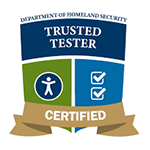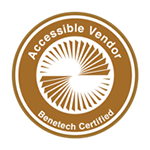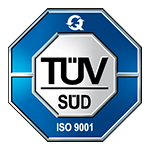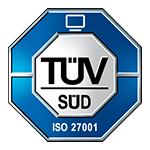17% of the world’s population has some form of visual impairment. And 2.6% has cognitive disabilities to ensure inclusivity of people with disabilities governments across the globe have been using WCAG 2.0 guidelines as the foundation for international accessibility laws across the United States and European union. However, WCAG 2.0 is an old resource and an upgrade is needed to match up evolving technological requirements. In 2018, W3C published WCAG 2.1 and advanced version to improve accessibility across mobile devices for users with varying degrees of cognitive learning and visual impairments. It is backward compatible and accounts for modern user habits, web designs and accessibility issues. It doesn’t replace WCAG 2.0, but builds on it by focusing on mobile accessibility, low vision and cognitive and learning disabilities. There are 17 new success criteria included in WCAG 2.1, which is an extension to three of the four core principles. Perceivable, Operable, Understandable, Robust. How far are you along the accessibility curve? With Amnet, you can make your digital content accessible to ensure inclusivity compliance and wider market reach. Amnet can accelerate your digital equality initiative, conduct audits, identify gaps, and develop right fit accessibility strategies. Whether publishing, healthcare, BFSI, retail, legal, organizations and governments, we cater to various industry. Reach out to Amnet to know how we can support you in meeting web accessibility objectives. At [email protected]. www.amnet-systems.com.






